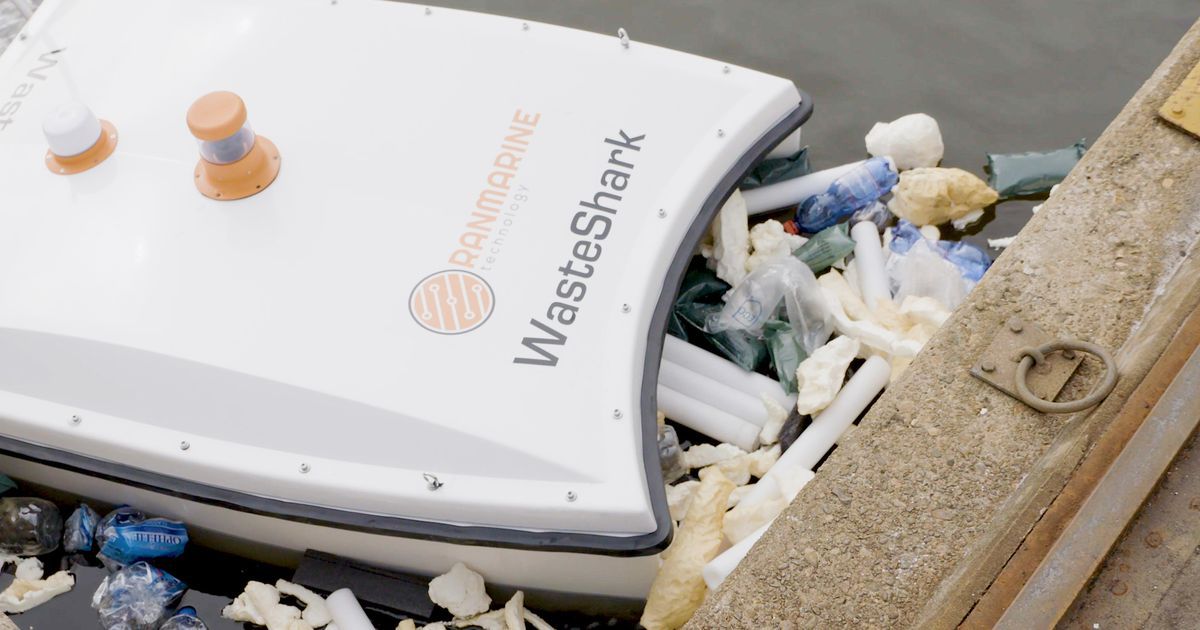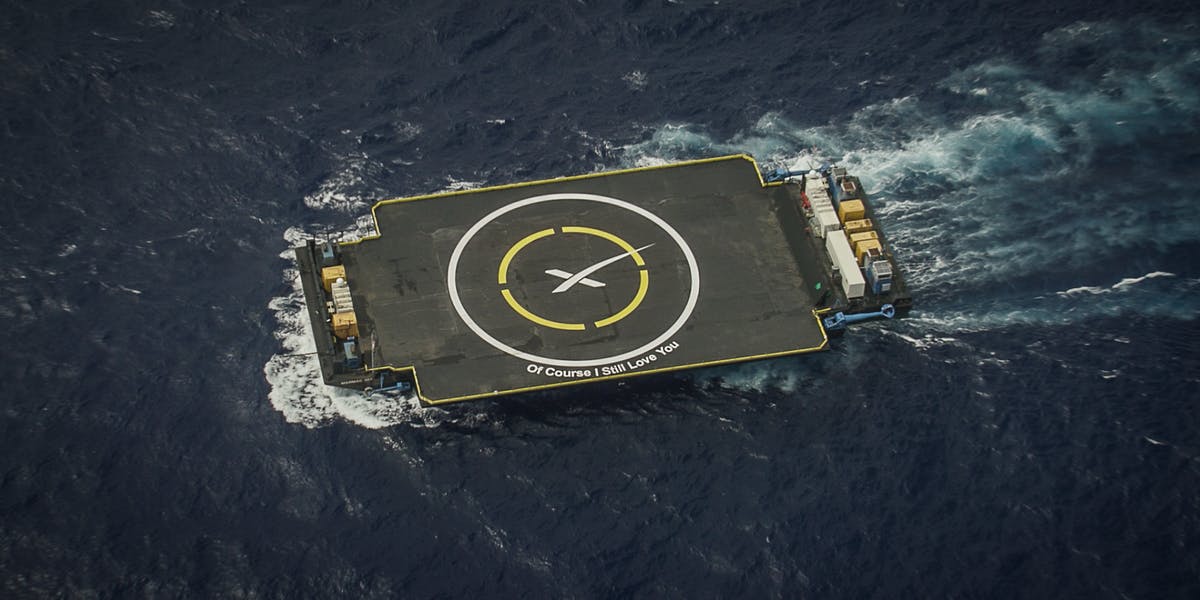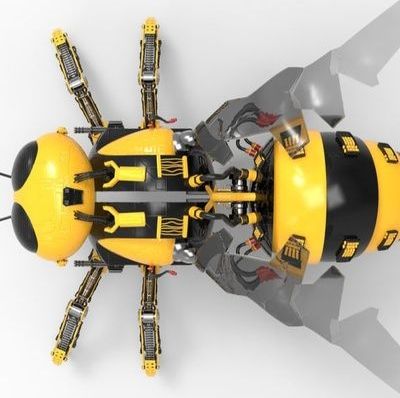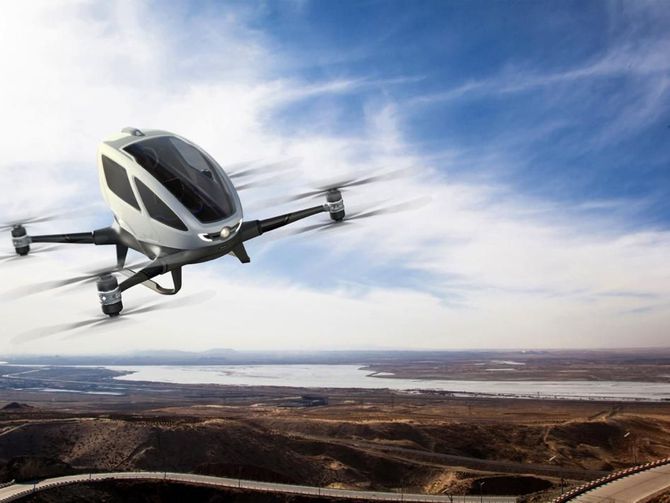Like our page to learn more about China and see stories from the US.
Category: drones – Page 134

Starting this weekend, SpaceX is about to land a whole lot more rockets
The Block 5 is the only Falcon 9 the company will fly from now on.
Early Sunday morning, SpaceX is slated to launch its second Falcon 9 Block 5 rocket — the final and most powerful version of the vehicle the company plans to make. After launch, SpaceX will attempt to land the vehicle on one of its autonomous drone ships in the Atlantic. And landings should become fairly routine now, as all of SpaceX’s missions will utilize the Block 5 from now on.
The Falcon 9 Block 5 is optimized for rapid reusability, according to the company. It boasts a number of improvements that make the vehicle easier to land after launch, as well as upgrades that minimize the amount of refurbishment the rocket needs between flights. SpaceX CEO Elon Musk claims that the Block 5s won’t need any major refurbishment for the first 10 flights or so, and could potentially fly up to 100 times before being retired. The company’s ultimate goal is to turn these vehicles around in just 24 hours after landing. The fastest SpaceX has been able to manage so far is two and a half months.

SpaceX Is About to Tackle One of Its Biggest Recovery Challenges Yet
Starting July 22, SpaceX will have the chance to further cement itself as the best wide receiver in the aerospace game. Elon Musk’s rocket company is scheduled to make a total of five recoveries in less than two weeks, including three Falcon 9 autonomous spaceport done ships recoveries, a rocket fairing recovery, and a Dragon capsule retrieval.
This will require SpaceX’s fleet of recovery vessels to kick into overdrive. Both of its drone ships — Of Course I Still Love You in the Atlantic Ocean and Just Read The Instructions in the Pacific — will be serving as a landing platform for two separate Falcon 9 rockets. While two boats, including the newly upgraded Mr. Steven and NRC Quest will be tasked with bringing back a Falcon 9 fairing and the Dragon Capsule, respectively.
SpaceX prides itself on pioneering the use of reusable rocket parts and space vessels to make space travel more affordable than it has ever been. These five recoveries will put the company’s most iconic retrieval systems to the test.


Team suggests a way to protect autonomous grids from potentially crippling GPS spoofing attacks
Not long ago, getting a virus was about the worst thing computer users could expect in terms of system vulnerability. But in our current age of hyper-connectedness and the emerging Internet of Things, that’s no longer the case. With connectivity, a new principle has emerged, one of universal concern to those who work in the area of systems control, like João Hespanha, a professor in the departments of Electrical and Computer Engineering, and Mechanical Engineering at UC Santa Barbara. That law says, essentially, that the more complex and connected a system is, the more susceptible it is to disruptive cyber-attacks.
“It is about something much different than your regular computer virus,” Hespanha said. “It is more about cyber physical systems—systems in which computers are connected to physical elements. That could be robots, drones, smart appliances, or infrastructure systems such as those used to distribute energy and water.”
In a paper titled “Distributed Estimation of Power System Oscillation Modes under Attacks on GPS Clocks,” published this month in the journal IEEE Transactions on Instrumentation and Measurement, Hespanha and co-author Yongqiang Wang (a former UCSB postdoctoral research and now a faculty member at Clemson University) suggest a new method for protecting the increasingly complex and connected power grid from attack.


This drone can fly dangerous missions for the military in areas where helicopters can’t reach
Tactical Robotics’ Cormorant drone design allows it to navigate tight areas where a helicopter’s blades would get caught on the environment. The remote-controlled military drone can transport two injured people from a battle zone. The Israeli-based company believes the drone could one day also be used to inspect bridges, deliver medical supplies and spray crops.

Kroger will use autonomous vehicles to deliver groceries this fall
Gradually automating the entire grocery store process. From initial delivery of products to the store/warehouse. To a store that will be optional to go to, but if you do want to go into the store it will be almost fully automated, to delivery drones and self driving vehicles that will bring you your order in under an hour. That is what Amazon is really up to.
Self-driving delivery startup Nuro scores major deal with Kroger.